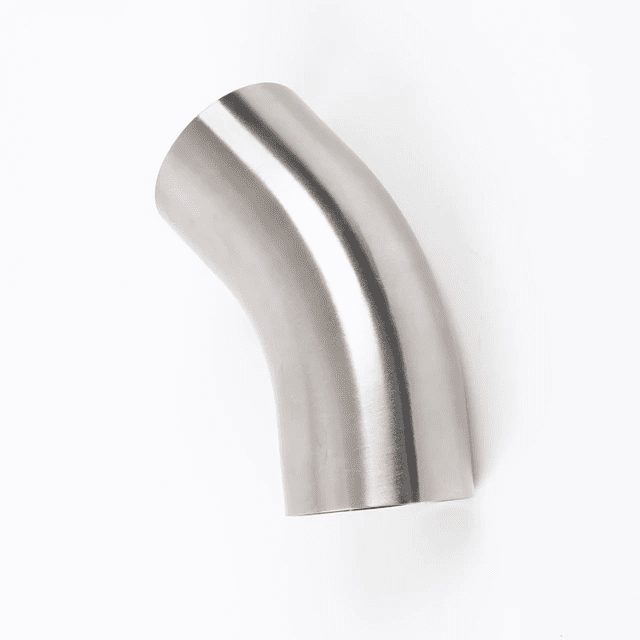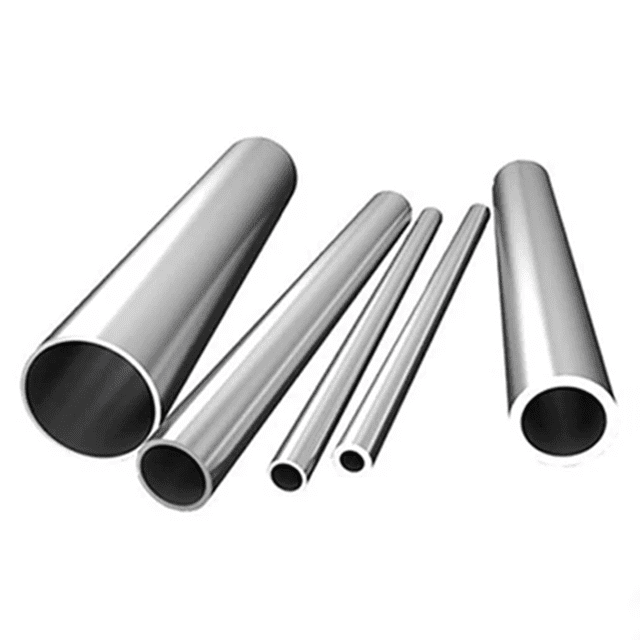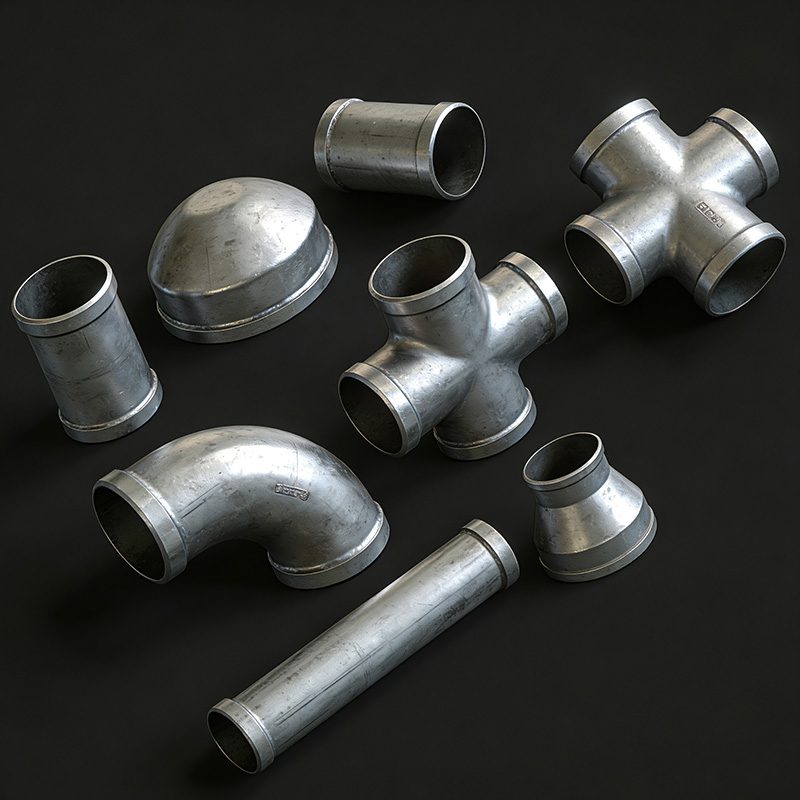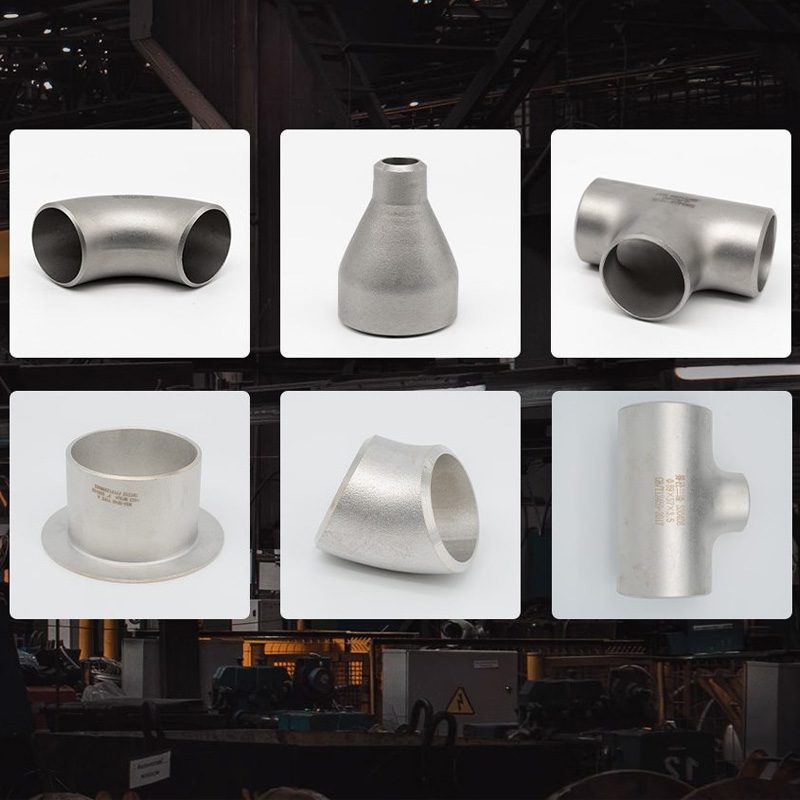Introduction
Manhole covers are everywhere: embedded in busy city streets, guarding suburban sewer lines, and protecting rural drainage systems. Yet few people stop to ask a simple question—how heavy is a manhole cover? Understanding manhole cover weight is more than a curiosity. It shapes public‑safety standards, guides material choices, and influences installation and maintenance costs. This article answers that question in depth, drawing on industry data and insights from multiple manufacturers.
What Are Manhole Covers?
A manhole cover is a removable lid placed over the entrance to an underground utility chamber—typically sewer, storm‑water, electrical, or telecom systems. Its job is to block debris, keep unauthorized people out, and let trained personnel in when service is required. Covers must be strong enough to bear traffic loads, weather extremes, and occasional impacts, yet workable enough that crews can lift them with proper tools.
Why Does the Weight Matter?
Safety
Weight keeps a cover seated. A lighter lid could rattle loose under heavy trucks or pop up during severe storms, endangering pedestrians and motorists.
Durability
Heavier materials—especially cast iron and ductile iron—resist cracking, warping, and long‑term wear. A robust cover means fewer replacements and reduced life‑cycle costs.
Handling and Installation
Crews need to remove covers for inspection. If the cover is too heavy, they must bring lifting gear, increasing labor time. Too light, and it may not stay in place. Striking the right balance is critical.
Prevention of Unauthorized Access
A 200‑ to 300‑pound lid discourages vandalism and theft. Composite lids are sometimes lighter, but their low scrap value makes them less attractive to thieves.
Three Factors Affecting Manhole Cover Weight
Material
-
Cast iron and ductile iron: the industry standard, offering compressive strength and long service life.
-
Composite (glass‑fiber‑reinforced polymers): 60 – 80 percent lighter than iron yet strong enough for many road classes.
-
Concrete‑filled frames or steel‑reinforced plastics: niche solutions that split the difference between weight and corrosion resistance.
Size
Common diameters span 18 to 36 inches (450 – 900 mm). Surface area scales with the square of the radius, so a 36‑inch cover can weigh more than twice as much as an 18‑inch cover of the same material and thickness.
Thickness
Design codes specify thickness based on load class—from pedestrian A15 lids to heavy‑duty F900 airport lids. Thicker sections mean more metal (or composite), adding considerable weight.
Typical Weights of Manhole Covers
| Diameter | Material | Typical Weight Range | Typical Use Case |
|---|---|---|---|
| 18 in / 450 mm | Cast or ductile iron | 90 – 150 lb (40 – 68 kg) | Light‑traffic streets, parks |
| 24 in / 600 mm | Cast or ductile iron | 165 – 250 lb (75 – 113 kg) | Standard roadways, parking lots |
| 36 in / 900 mm | Cast or ductile iron | 275 – 400 lb (125 – 181 kg) | Highways, industrial yards |
| 18 – 24 in | Composite | 20 – 60 lb (9 – 27 kg) | Sidewalks, telecom boxes |
| 36 in | Composite | 60 – 90 lb (27 – 41 kg) | Low‑speed service lanes |
These figures provide a practical answer to the core questions: how heavy is a manhole cover, how much does a manhole cover weigh, and what is the typical weight of manhole covers across different materials.
Conclusion
The weight of a manhole cover is the result of a careful trade‑off between safety, durability, ease of handling, and security. Cast‑iron lids for vehicular traffic often fall between 165 and 400 pounds, while composite alternatives can dip below 100 pounds without sacrificing essential performance in lighter‑duty settings. When specifying or purchasing a cover, engineers should weigh (literally and figuratively) material, size, and thickness against the demands of the installation site. By doing so, they ensure that every weight manhole cover decision supports long‑term reliability, public safety, and efficient maintenance.





